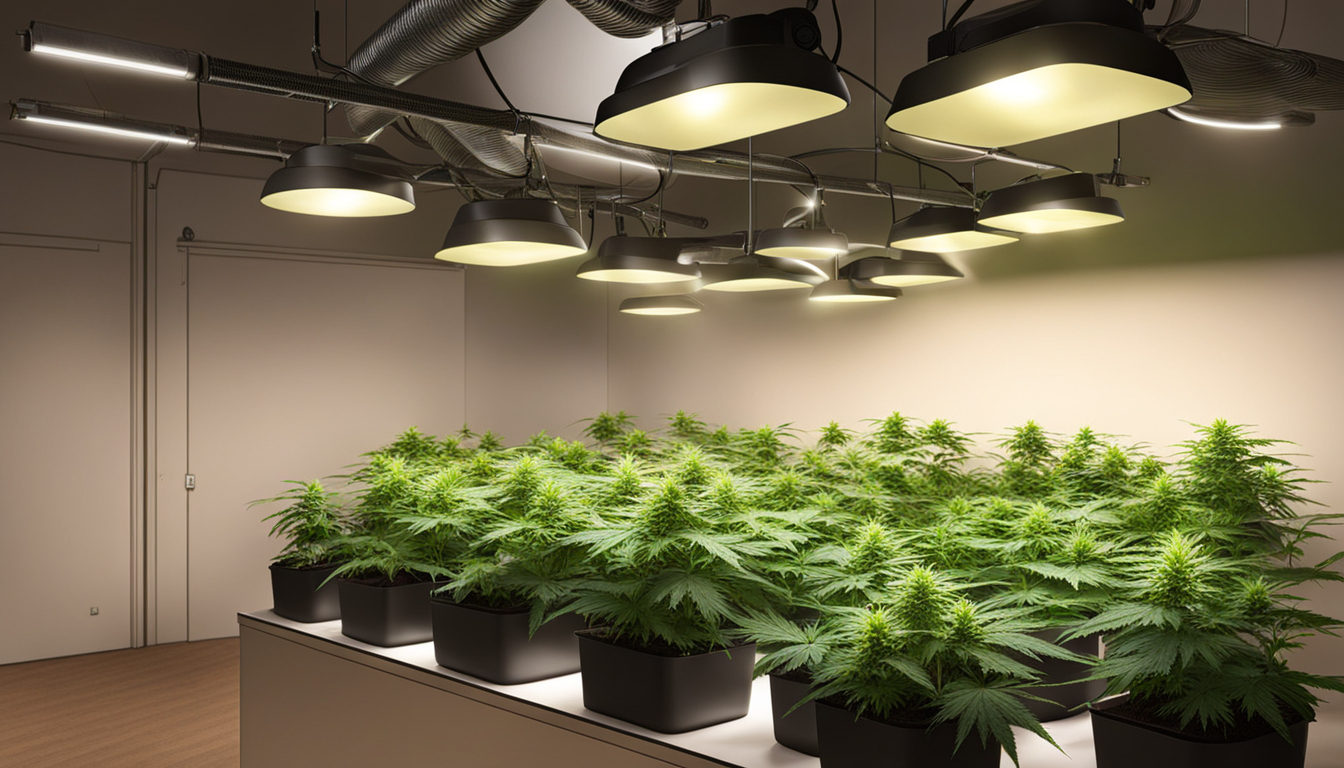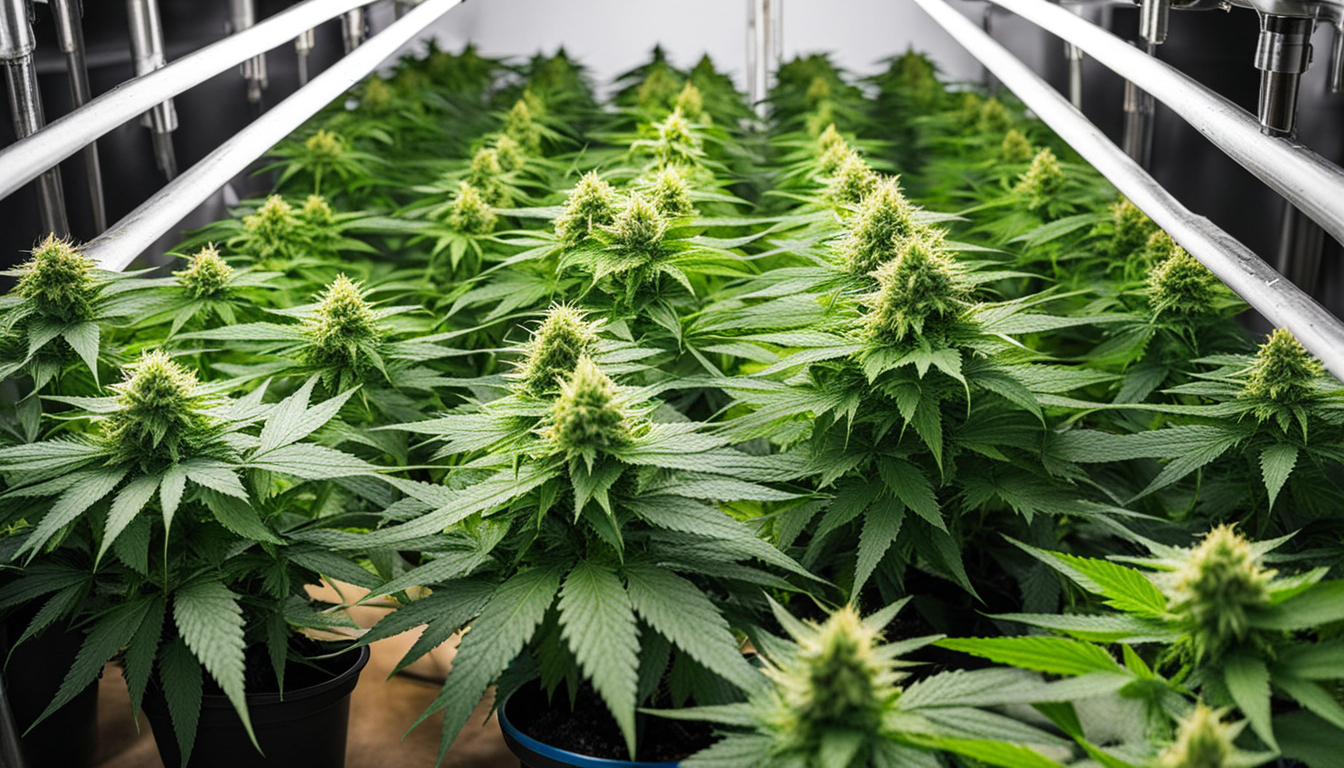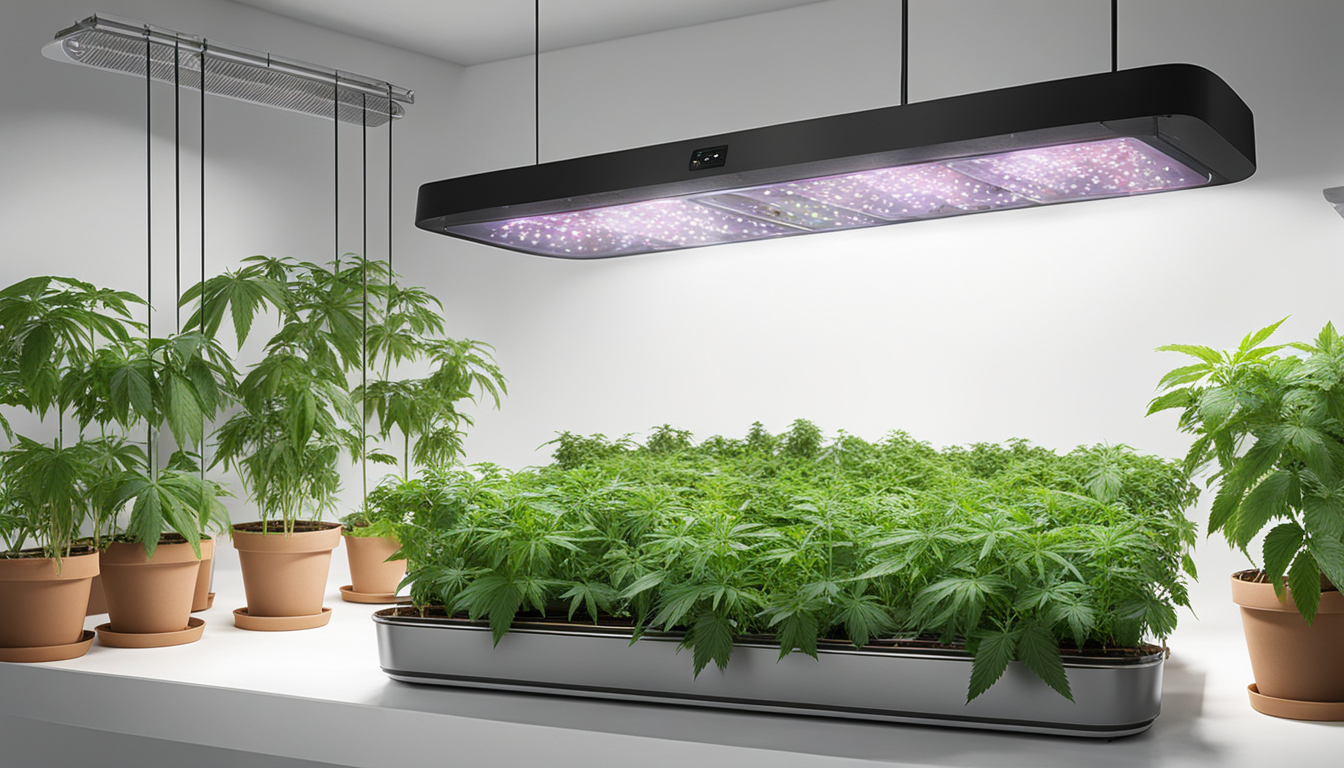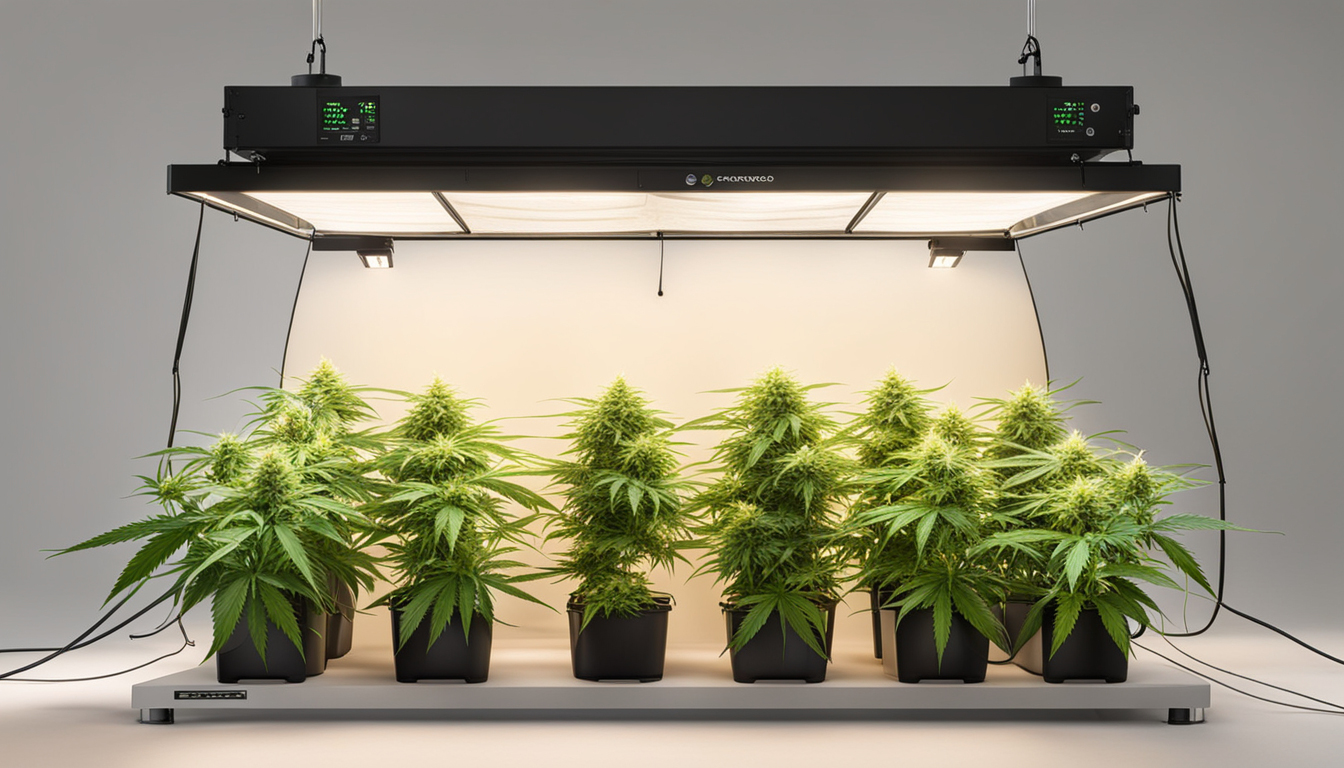
Whether you're just starting out with cannabis cultivation or looking to improve your existing crop, following this complete guide will help you produce bountiful, high-quality yields right at home. With the right equipment, techniques, and care, cultivating pot indoors can be an extremely productive and cost-effective endeavor.
Choosing Cannabis Strains
The first step in planning your indoor crop is selecting the right pot cultivars to grow. The three main types of cannabis plants each have their own traits.
Energizing strains
Known for their invigorating mental effects, these strains spread tall and slender with narrow leaves. They thrive in warmer equatorial climates and have a longer flowering time between 2.5-3 months indoors. Top energizing varieties include Jack Herer, Durban Poison, Super Lemon Haze, and Jack Herer.
Indicas
Indicas provide relaxing full-body effects and grow short and bushy with wide leaves. Accustomed to colder mountain climates, they bloom faster within 2-2.25 months. Popular relaxing varieties include Northern Lights, Bubba Kush, and Bubba Kush.
Mixed strains
Mixed varieties mix traits from both energizing strains and relaxing strains. They offer blended effects and have medium blooming times around 2.25-2.5 months. Popular mixes are OG Kush, Girl Scout Cookies, and Blue Dream.

Setting Up Your Grow Space
Weed plants need the right controlled environment to flourish. Key factors for indoor cultivations are lights, airflow, layout, and finding the ideal discreet spot.
Location
Choose an unused space with easy access to irrigation and power outlets. An empty extra bedroom, unused closet, basement corner, or grow tent securely placed in a garage all make great discreet cultivation room spots.
Lighting
Cannabis requires intense light for all vegetative stages. LEDs are energy-efficient and come in full spectrum options replicating real sunlight. Cover 250-400 watts per sq. ft for the vegetative stage and 400-600 watts per sq. ft. for bloom.
Ventilation
Proper ventilation and exhaust systems keep ideal temperature, humidity, and pure CO2 levels. Install silent 4-6 inch blowers or scrubbers to refresh stale air and reduce odors.
Layout
Maximize your space by positioning plants strategically under the lamps and allowing room to access and work around them. Set up distinct zones for vegetation, flowering, curing, and cloning.

Cultivation Mediums
Cannabis can be cultivated in various mediums, each with benefits and cons. Pick a suitable option for your particular setup and growing style.
Soil
The traditional medium, soil is cheap and simple for beginners. It provides excellent flavor but needs more irrigation and fertilizing to feed plants. Amend soil with vermiculite or coco to improve aeration.
Coconut coir
Made from coir, reusable coconut fiber retains water but still allows air to the roots. It's more sterile and more predictable than soil. Use coir-specific nutrients to avoid accumulation.
Hydroponics
In water systems, plant roots grow right in nutrient water solution. This enables rapid growth but needs careful monitoring of solution chemistry. DWC and irrigation systems are common methods.
Sprouting Seeds
Germination prepares your pot seeds to begin growing radicles. This prepares them for planting into their cultivation medium.
Paper Towel Method
Place seeds between wet paper towels and keep them damp. Inspect after a week for growing taproots showing germination is complete.
Direct Planting
Insert seeds right into pre-moistened growing medium 6mm deep. Gently water and wait 1-2 weeks until sprouts break through the Request More Info top.
Rockwool Cubes
Presoak cubic rockwool starters in pH-adjusted water. Insert seeds 1⁄4 inch deep into the cubes. Keep cubes wet until sprouts appear within 1-14 days.
Repotting Young plants
Once sprouted, marijuana young plants need to be transplanted to prevent crowding. Move them into proper sized containers.
Preparing Containers
Fill large containers with cultivation medium amended with slow-release nutrients. Let pots to absorb water overnight before transplanting.
Gently repotting
Carefully loosen young roots from germination medium using a spade. Put into pre-soaked pot at same depth as before and lightly water in.
Vegetative Stage
The growth stage encourages foliage and plant form through 3/4 to full day of daily light exposure. This stage usually lasts 1-2 months.
Using 3/4 to full day of Light
Use grow lights on a 24 hour cycle or natural sunlight to initiate nonstop growth. Lamp intensity influences size and internodal spacing.
Nutrients
Use grow stage fertilizers richer in N. Make sure pH remains around 5.8-6.3 for full nutrient absorption. Feed 1⁄4 to 1⁄2 strength after 14 days and strengthen slowly.
LST and topping
Fimming, low stress training, and scrogging manipulate growth patterns for flat foliage. This boosts yields.

Bloom Stage
The blooming stage grows buds as plants show their sex under a 12/12 cycle timing. It lasts 2-3 months depending on strain.
Changing Light Schedule
Change lamps to 12/12 or move outdoors for outdoor 12 hour cycle. This triggers plants to start flowering.
Flushing
Leaching flushes out nutrient salts to improve taste. Feed lightly the first weeks then just use plain water the last 2 weeks.
Flushing
Maintain 12/12 light timing but flush using neutral pH water only. Return to plain watering if buds aren't ripe after two weeks.
Reaping
Knowing when cannabis is completely mature delivers maximum cannabinoid content and aroma. Cut down plants at peak maturity.
Signs of readiness
Check swollen calyxes, faded pistils, and 10-15% cloudy trichs. Inspect buds around Discover More the plant as they don't all mature evenly.
Harvesting plants
Use clean, sharp pruning shears to gently slice each plant at the base. Leave 5-10cm of stalk attached.
Drying
Suspend whole plants or branches inverted in a dark room with average temp and humidity around 45-65% for 1-2 weeks.
Curing
Aging continues drying while improving the buds like fine wine. This technique mellows bitterness and Discover More further develops terpene and terpene profiles.
Jars and Humidity
Manicure dried buds from stems and store into glass jars, packing about 3⁄4 full. Use a sensor to measure container humidity.
Burping Daily
Unseal jars for a few hours each day to slowly reduce moisture. Remoisten buds if humidity goes under 55%.
Final Cure
After 14-21 days when moisture stabilizes around 55-60%, perform a last trim and store forever in sealed jars.
Troubleshooting
Even experienced cultivators run into various cannabis plant problems. Detect issues soon and fix them properly to maintain a vibrant garden.
Nutrient Deficiencies
Yellowing leaves often signify insufficient nitrogen. Anthocyanins and leaves show low phosphorus. Test pH and increase fertilizers gradually.
Bugs
Spider mites, fungus gnats, mites, and root aphids are frequent weed pests. Use neem oil sprays, predator bugs, and sticky traps for organic control.
Powdery mildew
High humidity promotes powdery mildew and root rot. Improve circulation and circulation while reducing humidity under 50% during flowering.

Summary
With this complete indoor weed growing guide, you now have the knowledge to cultivate plentiful strong buds for private harvests. Follow these techniques and techniques throughout the germination, vegetative, and flowering stages. Spend in good equipment and carefully monitor your plants. In time, you'll be compensated with sticky aromatic buds you raised yourself under the loving care of your green hands. Good luck cultivating!